Mzamomtsha primary school is one of the 5 schools involved in the Simunye Christel House project in Cape Town. The initiative addresses wealth inequality through partnerships between underprivileged and privileged schools by laying the foundations for effective networks and minimising the development of unconscious bias among the children. The exchange is already bearing fruit by developing the children’s awareness and relational skills, but it is also highlighting the structural improvements needed to guarantee learning and the safety of the pupils.
At Mzamomtsha, a new damp-proof floor is not only improving conditions for the learners but also helping the school to grow as a reference point for the Driftsands community.
Ndileka, could you tell us a bit about yourself and what do you do?
My name is Ndileka Kama. Since 2020 I’ve been the Deputy Principal and Acting Principal of Mzamomtsha Primary School. This year marks my 25 years in the profession.
What led you to a career in education?
In the old days, as black girls in South Africa there were only two professions that would accommodate us: teaching and nursing. Teaching was for me. Originally my wish was to become a Personnel Manager (Human Resources Manager), but it was not possible as I could not attend university. I have an older sister who at that time was attending her first year at university. My father could definitely not afford two. Also, the Western Cape education department used to subsidise everyone who wanted to go to a teaching college. As a repayment, you would have worked as a teacher for the school that subsidised you. This is how it started.
So, I first got my Honours Degree in education and recently I also achieved an Honours Degree in Administration, which has been helping me in the transition from teacher to Principal. As part of my administration studies, I could also learn more about Industrial Psychology, which helped me achieve my dreams. With my education and administration qualifications, I’m now a ‘full package’.
What is schooling like in Driftsands?
Driftsands is a disadvantaged community in Cape Town. Around two thirds of the residents are unemployed.
Mzamomtsha is a non fee-paying school, subsidised by the Western Cape education department which covers very basic needs. Almost 1,000 students, from Grade R to Grade 9[1], attend the school, which is the only one available in Driftsands. Families have no other option, as none of them has the resources to send the kids somewhere else.
Besides what the education department has been covering, however, the daily challenges that our pupils and staff encounter every day put a high risk on the quality and effectiveness of the learning.
From time to time, for example, the school is left with no electricity. This happens when the inhabitants of the neighbouring informal settlements use it. Once it happened on the occasion of an exam and we were left with no electricity to print the assignments. Sometimes the situation lasts for weeks. Usually I have to come to check everything is running out of normal school hours, so as to be prepared for classes and regular activities to continue. We have often asked the Western Cape Education Department for an electricity generator and proper fencing for the school, which would prevent these events.
In your principal’s role, do you ever feel at risk in the neighbourhood?
No, never. People here face great challenges everyday. But everyone is longing for change and does their best to make it happen.
People here face great challenges everyday. But everyone is longing for change and does their best to make it happen
In Xhosa language, Simunye means ‘we are one’. What does the Simunye project mean for Mzamomtsha school?
We have been part of the project since 2020. I’m totally excited about Simunye. I always think that we cannot change our past, but definitely the future can be enormous for our kids. For adults like us that stage has passed. But we can still do a lot through the children, to redress what we could not.
The 5-school exchange with children from different neighbourhoods, origins and ethnicities is allowing everyone involved to see themselves as just children. And not as black or white, rich and poor. The most important thing is that they all see themselves as the children of South Africa and the children of the world, learning that there’s only one race, which is the human race.
The most important thing is that they all see themselves as the children of South Africa and the children of the world
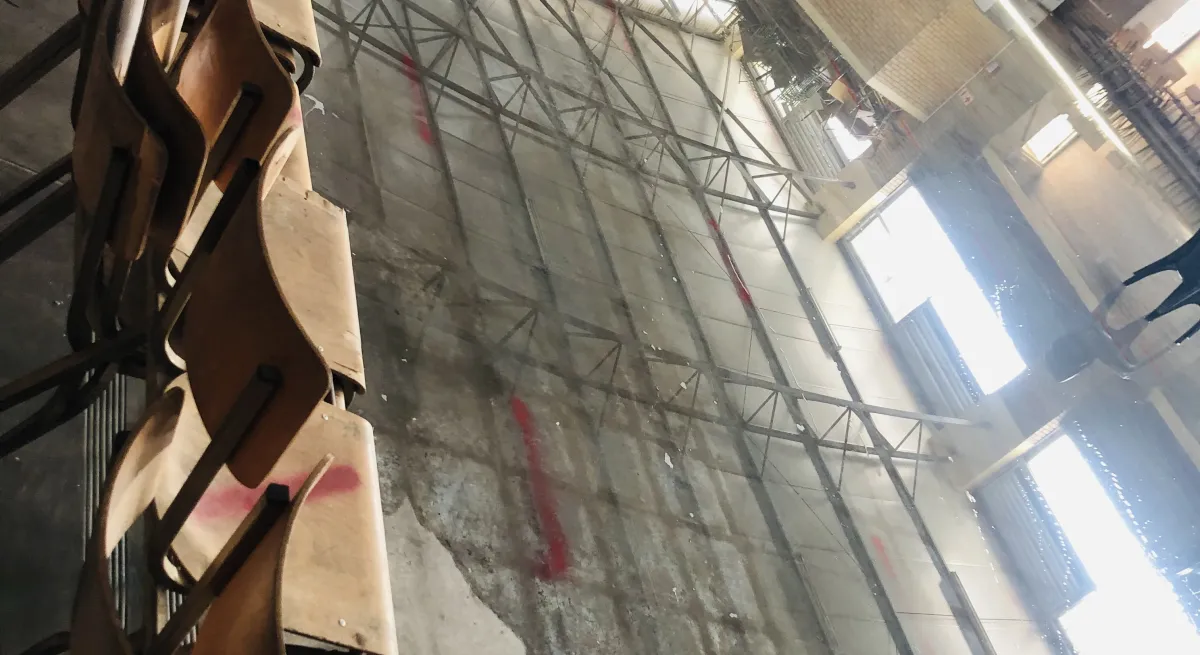
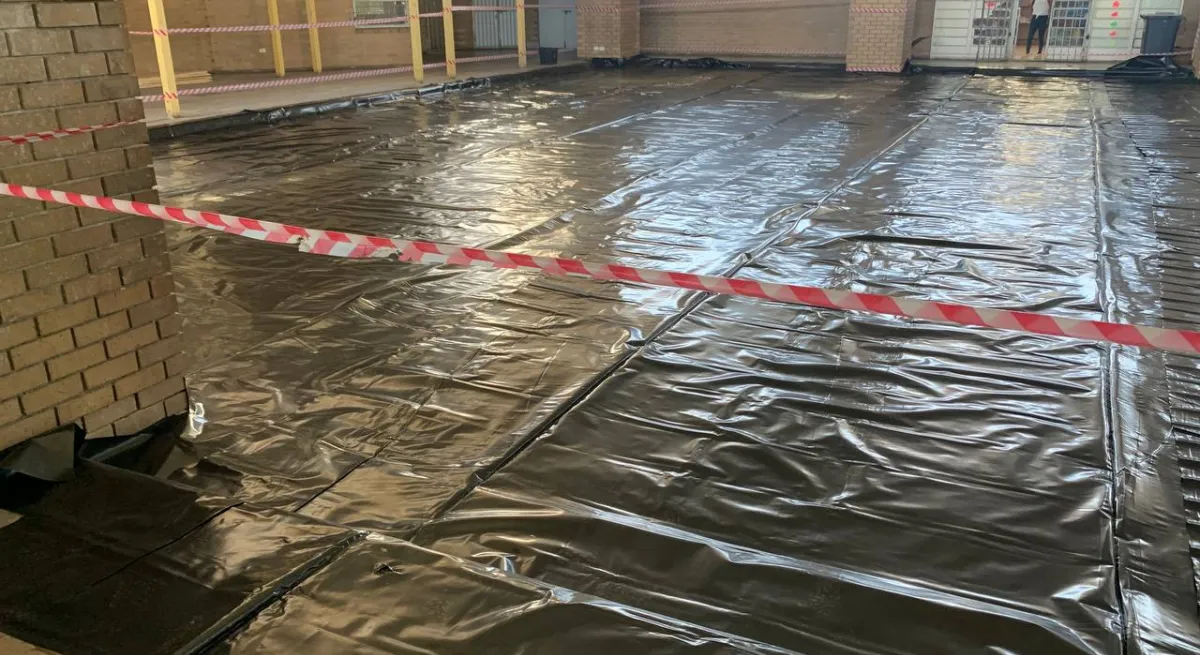


What is changing thanks to Simunye?
Lots. For example, before Simunye our children had never been anywhere except the place where they live. They have now had the opportunity to visit outside their community, to see other children of other races, and mingle with them for the very first time. This was key to build their confidence and self-esteem. Already we see that they are able to express themselves in public without any fear.
Besides the networking experience, being part of the Simunye project brought us some valuable support. For example, Christel House School donated 25 desktops to us, which added to the few we had, allowing us to teach on desktops for a full class.
As a next step, within the Simunye School Exchange Project, once a month a group of grade 7 learners from each school will visit another school and partake in their academic program. The most important thing they need to know is that through learning things can change.
They need to know that through learning things can change
Could you tell us more about how the school got a dry floor?
It was in a way our good fortune that the visit to the Simunye project in 2020 happened during the rainy season. As the delegation visited, everybody could witness the conditions we were forced to work in and the risks and discomfort our learners had to suffer. In fact, a technical problem in our main hall floor meant that whenever it rained water flooded in, turning the main hall into a swimming pool. We never interrupted the lessons for this. But it was very cold and unhealthy. The walls used to turn green and mouldy, which was totally unsafe. The Julius Baer delegation experienced these conditions first hand and realised it was constantly like this during the rainy season. They decided to support us and financed the works to raise the hall floor and damp proof the building. Christel House also helped by coordinating the works and in a short time we could get everything fixed. Today we are not only able to guarantee a safer environment, which facilitates the learning experience, but the school building can also better serve the whole Driftsands community. We can once again offer the hall to the local church, which often uses it for fundraising, and now that the COVID-19 restrictions are being lifted and the situation is being normalised, we are finally empowered with a space that can be used much more by the community.
What ambitions do you have for Mzamomtsha school in the next 5 years?
Our aspiration for Mzamomtsha is that the school can embrace the 4th Industrial Revolution, ensuring that every learner has access to a laptop, teaching takes place using e-learning and providing internet access in all classes. Today we only have an unstable connection in the office.
Of course, more laptops are still needed, as well as projectors and white boards.
As we are the only school in Driftsands, we would like to grow and ensure that parents see us as the preferred school, not as the ‘only option school’. To do so we also need to develop more activities that involve parents and learners, for example by organising sporting activities, giving our learners opportunities to grow not only academically but on the sport side as well.
For all this we need more support that the education department cannot give us. What the Julius Baer Foundation did shows that small actions can mean a lot and fix basics that help us to take these kids to places they would have never thought.
Ndileka, how do you see the future?
I see it well. Because I was a disadvantaged kid growing up, seeing these children having opportunities that we could not have makes me happy. I’m content, because it means that there’s change. Change for good. It is happening”
I’m content, because it means that there’s change. Change for good. It is happening
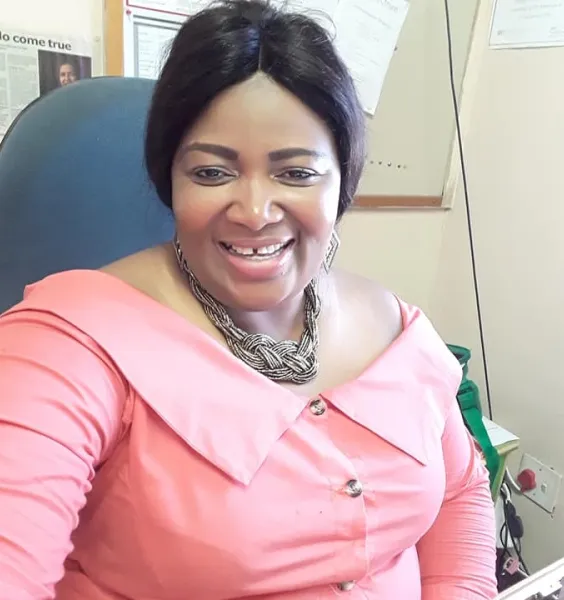
Since 2020, Ndileka Kama has been the Deputy Principal and Acting Principal of Mzamomtsha Primary School, in Cape Town.
After gaining a Honours Degree in education, recently she also achieved an Honours Degree in Administration, which helped her in the transition from teacher to Principal.
In her role, Ndileka coordinates the participation of Mzamomtsha learners to the Simunye project. Led by Christel House South Africa, Simunye involves 5 schools and aims to develop meaningful networks among children from the opposite ends of the wealth spectrum in Cape Town.
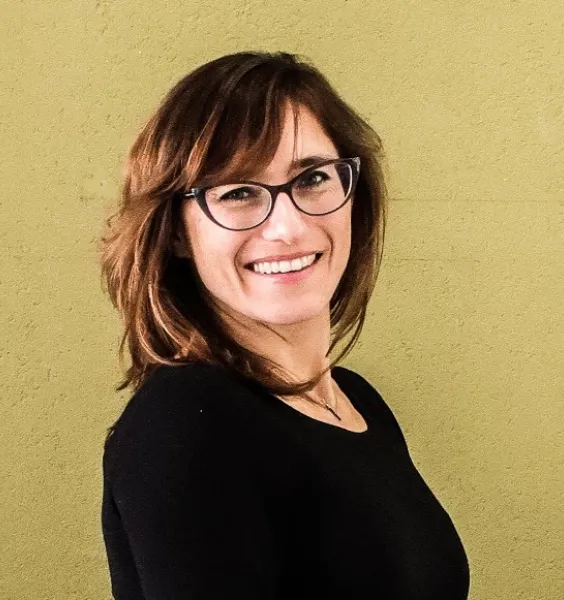
Marina Morsellino is the Communication Lead of the Wealth Inequality Initiative, which she contributed to launch in 2021.
Marina has 20 years of experience in integrated corporate communication, thought leadership and marketing, covering themes spanning from food sustainability to diversity & inclusion, for international companies in Switzerland, Europe and the USA.
Within the Wealth Inequality Initiative, Marina aims to raise awareness around the global wealth inequality challenge, and elevate visibility on the achievements of the courageous players who dedicate their life to make our world better.
[1] Grade R is Reception Year for children aged at least 4. Grade 9 is the final year of compulsory education which ends at age 15.
About Christel House and Derby Day
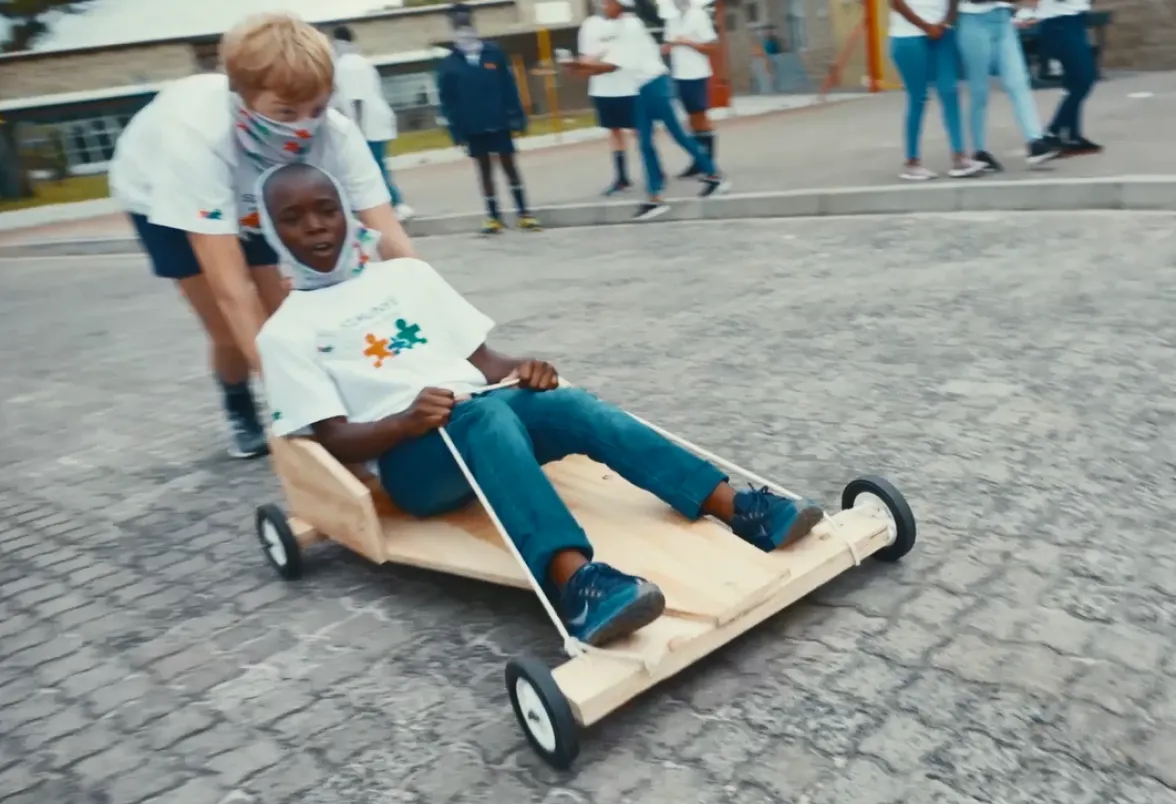
See how Christel House and the Julius Baer Foundation are shaping enduring relationships between underprivileged and privileged, to develop diverse networks, workplaces and communities.
